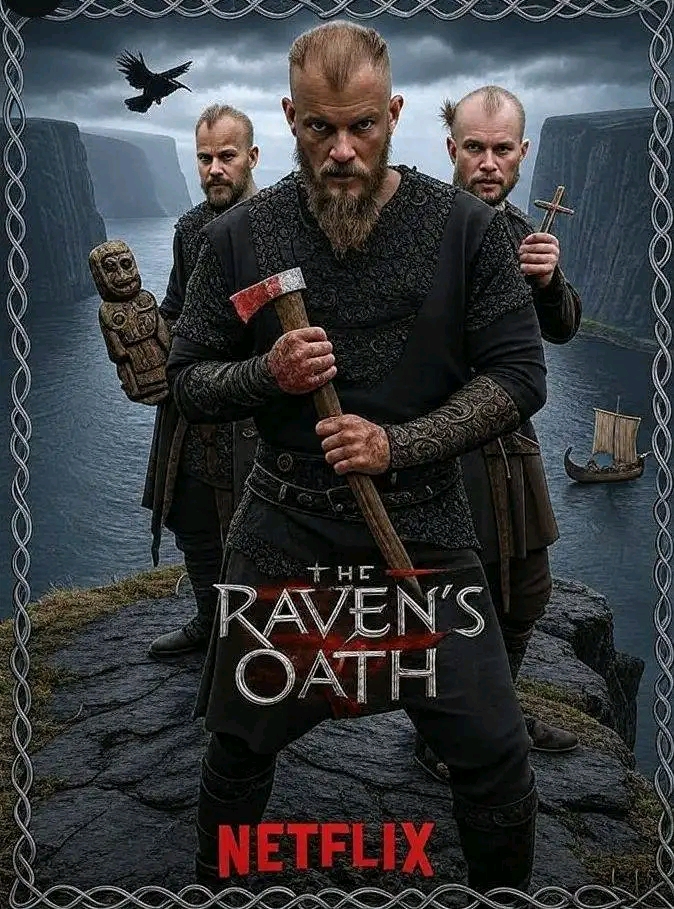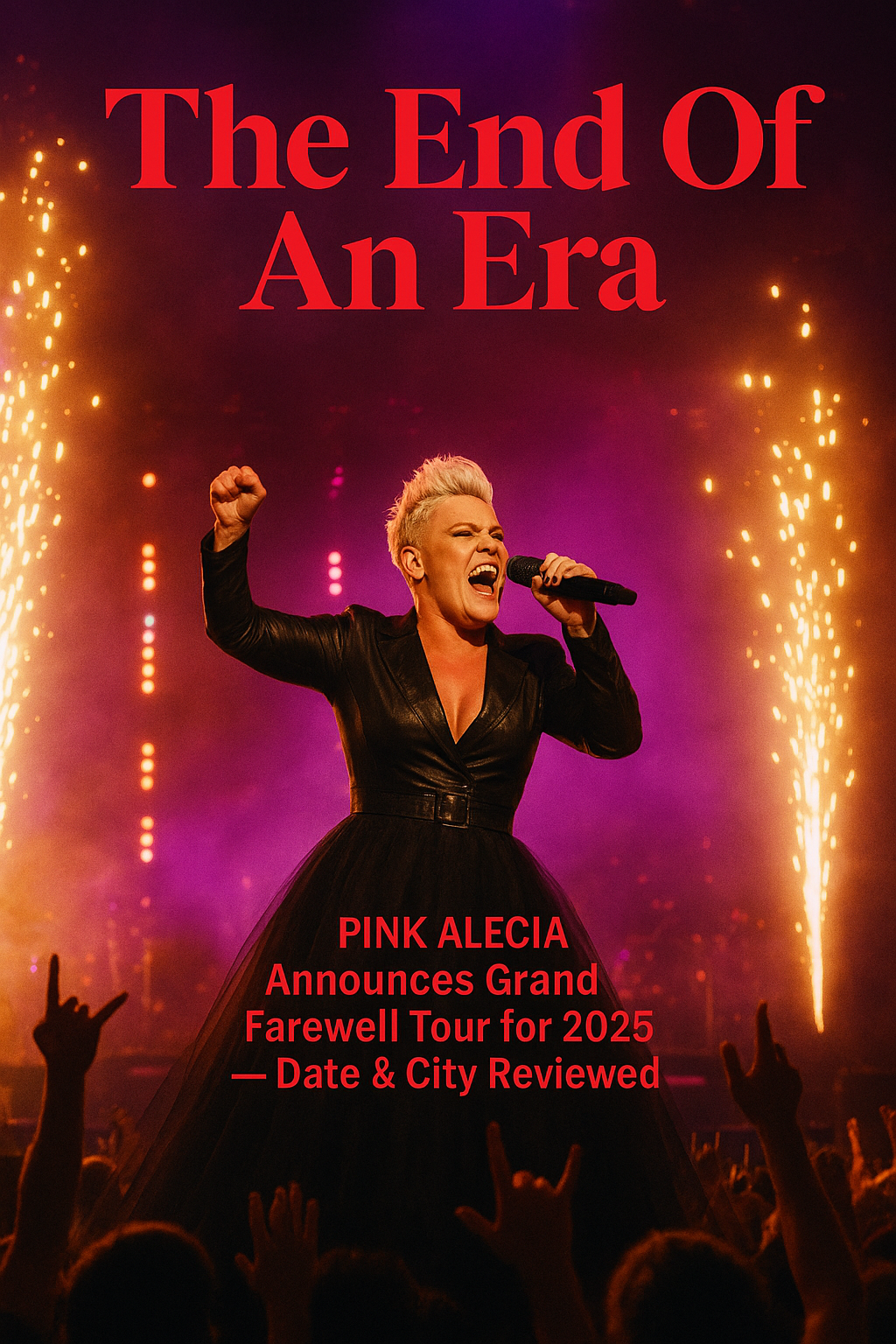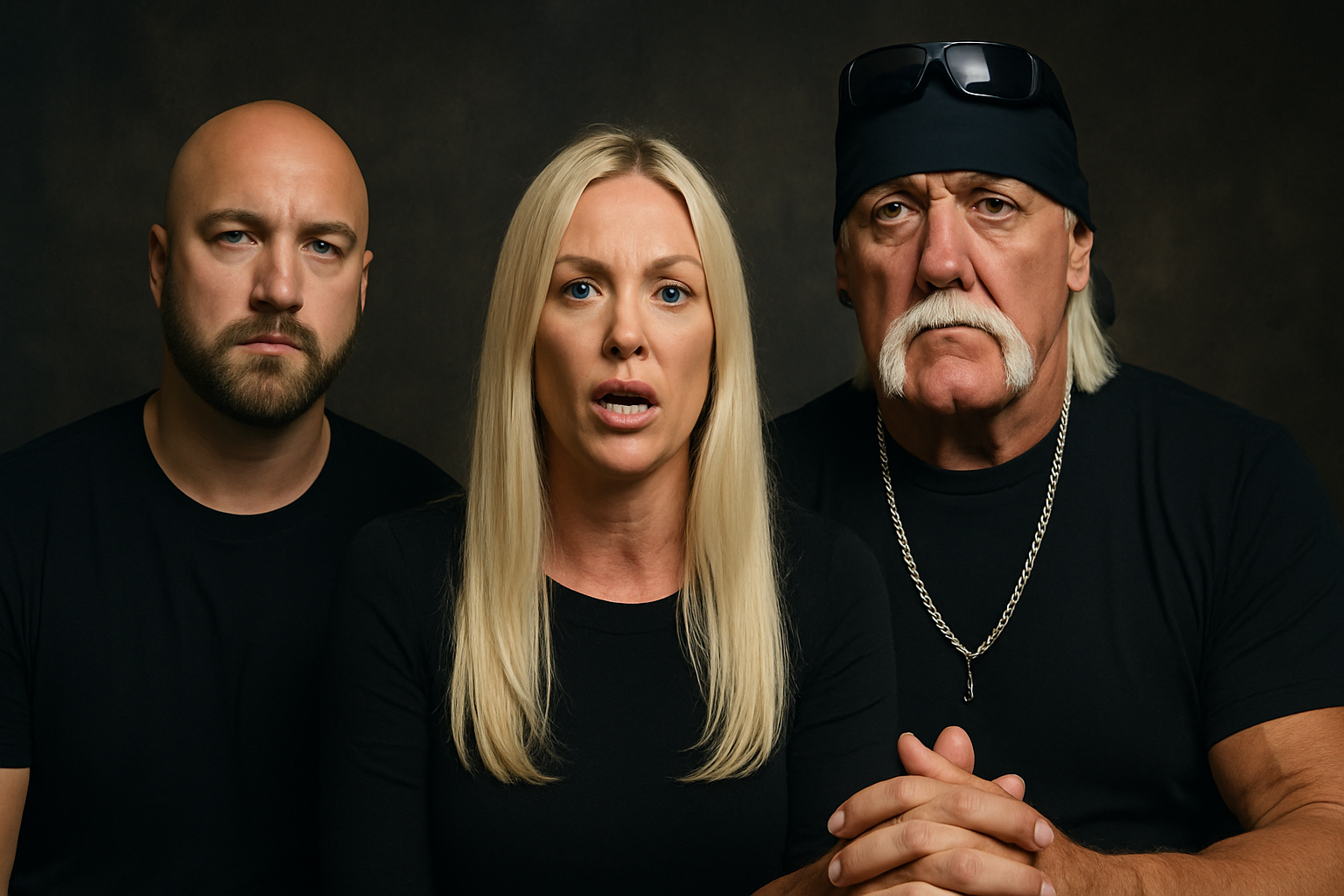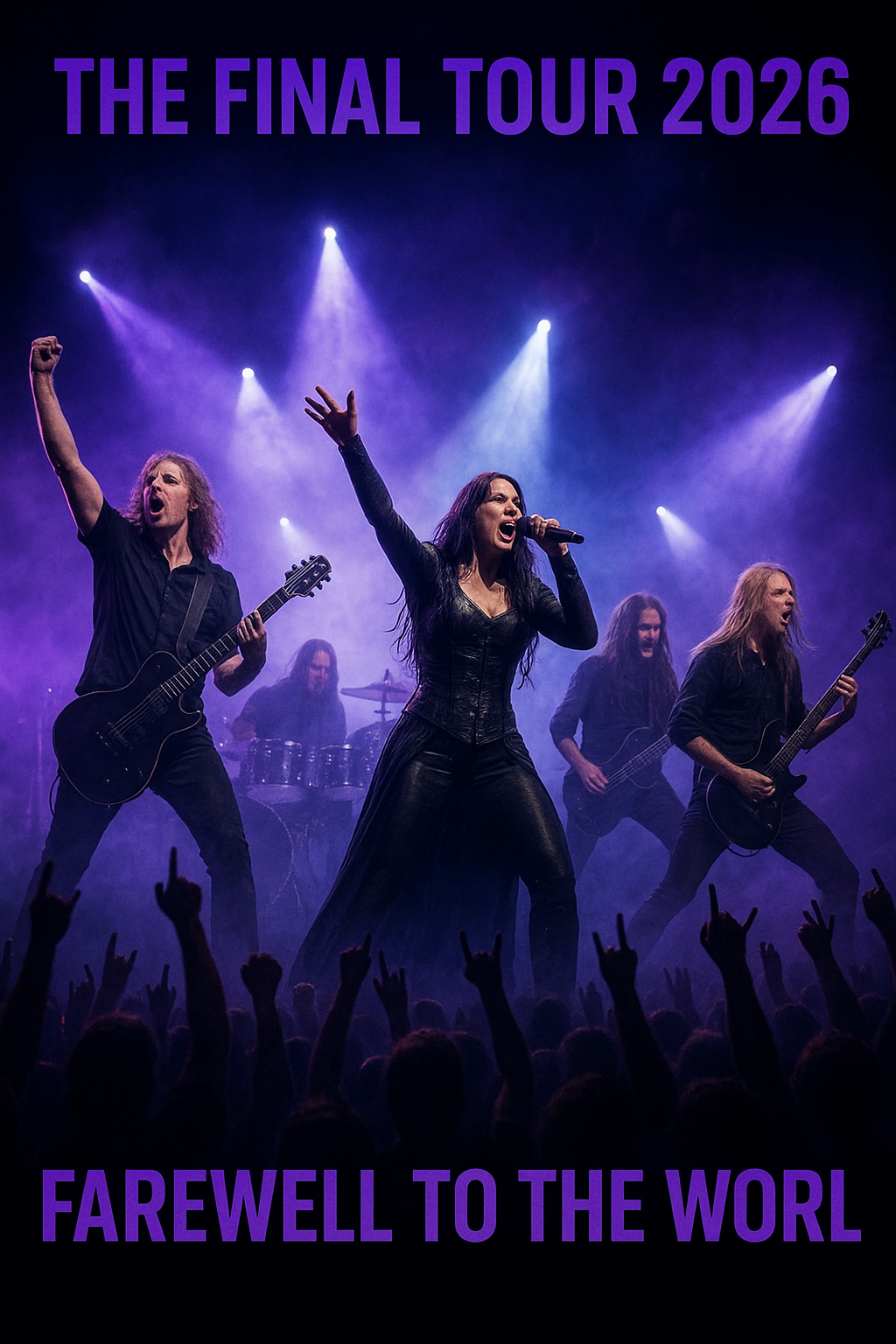In a television event few expected but many had quietly hoped for, Ragnar Lothbrok has returned to the screen—and the internet can’t stop talking about it. Netflix’s latest mythic drama, The Raven’s Oath, brought Travis Fimmel back to the role that made him a cultural icon, and the result is nothing short of electrifying. With Gustaf Skarsgård and George Blagden reprising their roles as Floki and Athelstan respectively, the trio’s reunion is as emotionally charged as it is apocalyptic.
The series begins not with a roar, but with a whisper. A dark prophecy, ancient runes etched in blood, and a raven’s cry in the dead of night set the stage for a world teetering on the brink of divine reckoning. Odin’s wrath looms large over the Nine Realms, and as the gods descend into chaos, so too do the mortals bound to them by fate and blood. It’s a familiar narrative, but one retold with the cinematic richness and spiritual weight Netflix has cultivated in recent high-fantasy ventures.
Fimmel’s return as Ragnar is nothing short of a masterstroke. A character once presumed lost to Valhalla now emerges as a spectral force—neither dead nor fully alive, driven by forces even he cannot comprehend. This version of Ragnar is more introspective, almost haunted, a warrior-poet shaped by death and what lies beyond. Fimmel plays him with a rawness that is both tragic and transcendent, reminding audiences why the character resonated so deeply in Vikings.
Gustaf Skarsgård once again dazzles as Floki, the eccentric shipbuilder whose madness is only matched by his loyalty to the gods. In The Raven’s Oath, Floki’s faith is tested like never before. Stripped of certainty and tormented by visions, he is forced to confront the very gods he once revered. His dynamic with Ragnar is tense and philosophical, loaded with years of betrayal, belief, and brotherhood. Skarsgård’s performance balances genius and instability with breathtaking nuance.
George Blagden’s Athelstan returns not just as a spiritual anchor, but as a symbol of the eternal war between belief systems. Torn between his Christian past and pagan legacy, Athelstan’s role in The Raven’s Oath is deeply symbolic. His reunion with Ragnar is one of the show’s most powerful moments, a wordless exchange charged with memory, guilt, and unresolved love. Blagden’s quiet intensity serves as a needed emotional counterweight to the show’s larger-than-life themes.
What makes The Raven’s Oath particularly compelling is how it blurs the lines between myth and memory, faith and fear. The narrative doesn’t seek easy answers. Instead, it thrives in the grey areas of morality, forcing characters—and viewers—to question the nature of loyalty, destiny, and divinity. The cinematography enhances this with sweeping Nordic landscapes, shadow-drenched temples, and dream sequences that feel pulled straight from a fevered prophecy.
The action is brutal, as expected, but there’s a noticeable shift from the glory-hunting of earlier Viking tales. Battles are no longer about honor—they are survival rituals, painted with sorrow and inevitability. The gods do not offer salvation here, only judgment. This darker tone permeates every encounter, elevating the stakes beyond simple revenge or conquest. It’s about spiritual reckoning, about man’s place in a universe where gods bleed and mortals bear the cost.
The soundtrack, composed with a haunting blend of traditional Norse instruments and modern ambient scores, underlines the show’s thematic gravity. Chants echo across fjords while thunder rumbles beneath whispered omens. The music doesn’t just accompany the visuals—it breathes life into the myth, serving as the pulse of a world unraveling under Odin’s fury.
Though The Raven’s Oath has just launched, it’s already stirring passionate discourse online. Longtime fans of the Vikings saga are dissecting every detail, from rune inscriptions to dream sequences, looking for connections and deeper meanings. New viewers, meanwhile, are captivated by the show’s blend of mythic grandeur and raw human emotion. Netflix has tapped into a powerful nostalgia while pushing the narrative into bolder, more mystical territory.
Critics are praising the show’s ambition and emotional depth, particularly in how it navigates the legacies of its returning characters. There is no pandering here—only layered storytelling and bold risks. Fimmel, Skarsgård, and Blagden aren’t just returning for fan service; they’re reinhabiting their roles with renewed purpose and psychological complexity. It feels earned, not manufactured.
Yet for all its spectacle and lore, The Raven’s Oath is ultimately a story about consequences. The sins of the past do not die quietly, and the gods are not so easily forgotten. Whether Ragnar has truly returned or is simply a ghost summoned by guilt and memory is a question the show leaves open—and that ambiguity is what makes it unforgettable.
For those who’ve followed these characters since their first raid, The Raven’s Oath is more than a sequel—it’s a reckoning. It dares to ask what happens when legend returns not to conquer, but to confront what was left undone. And as fans reel from the weight of that question, one thing is clear: the saga is far from over.



